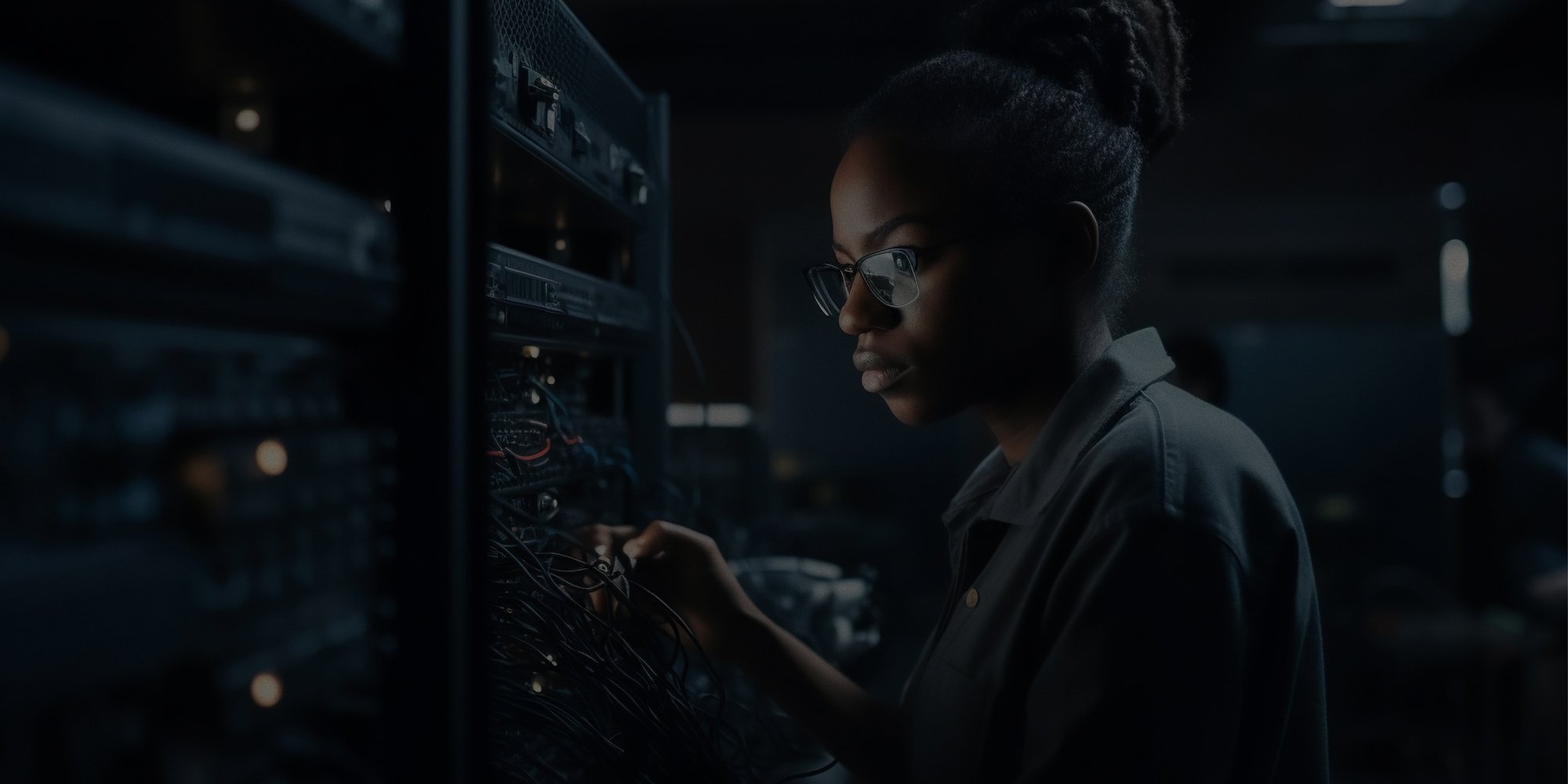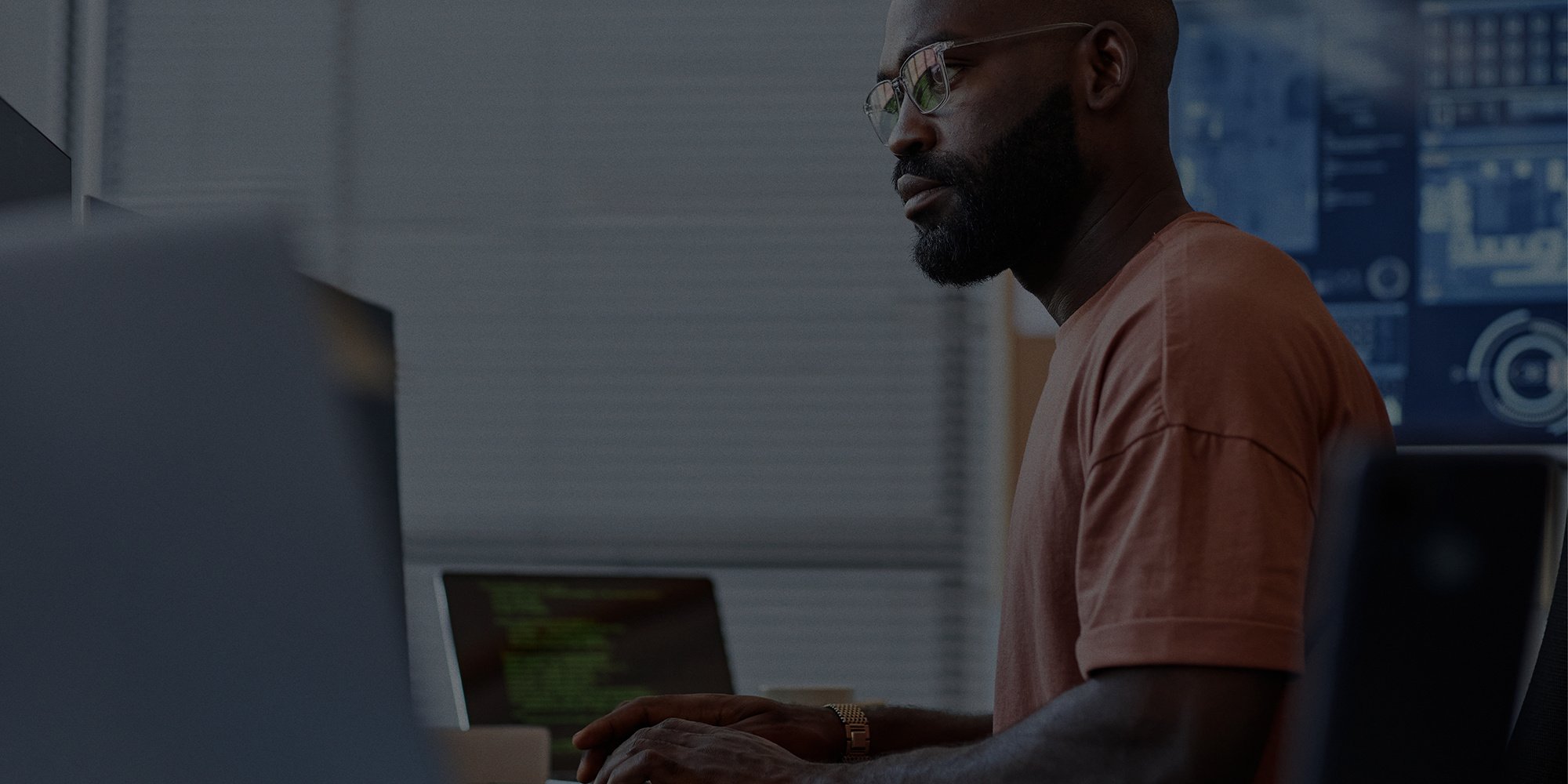5 Tips for Acing the Remote Interview

Remote interviews are now the norm. As conditions change in different parts of the world, there is a return to in-person interviews in some cases, especially for the final stages of a recruiting process or a very high-profile hire. But in most cases, interviews at all stages will stay virtual for the foreseeable future.
Sometimes remote interviews can be audio-only or by phone, but video is really the standard today and most hiring companies will expect a candidate to be ready and prepared for video. Here are 5 tips for acing the remote interview.
GET THE SETTING RIGHT
You want to look and sound your best. It’s important to make sure you have a quiet space available, where you won’t be interrupted. Make sure the background is not distracting. You want the environment to look professional, without too many personal items or decorations that draw the attention away from you. You can also use a virtual background in tools such as Zoom and Teams.
Good lighting is key — avoid a bright window directly behind you that could leave your face backlit and in shadow. A warm light on or near where you are sitting gives a better impression on video. Dress appropriately to the role you are interviewing for and the culture of the hiring organization. Some basic research on their website and social media can give you a sense of the attire expectations at the organization. In terms of audio, connectivity quality can vary, so make sure to speak clearly and in a normal tone.
PRACTICE
Video is not the natural way that humans communicate — it takes time to get used to. You can practice in Zoom, Teams, or Webex without someone on the other end, or ask a friend or family member to get online and work through a practice interview with you. This is also a good chance to rehearse your most compelling talking points about your background and skill sets as well.
The biggest difference from in-person communications or even a traditional phone call, of course, is that you can see yourself. It’s helpful to make a mental note, once you are sure you are in view and visible, to avoid glancing at your own image. It’s a distraction and the other side can usually tell if you are looking at your self-view for an extended time. Try to maintain good eye contact like a normal conversation. Practice also helps with this.
SHOW GRACE UNDER PRESSURE
It’s a good idea to be prepared for technical problems. Internet connectivity and Wi-Fi can go down or degrade in quality, on either side. Power outages can happen. If you are sharing a document, sometimes there are issues with the asset displaying correctly, or the other side can’t see it. The meeting invite itself may have an error so that you can’t access the link. These can all be very stressful in an interview situation where a lot is riding on the conversation.
However, it’s also an opportunity to show that you are prepared and can stay calm when facing a problem. Whenever possible, make sure in advance to have backup means of reaching out to the interviewer or the recruiter other than the video link itself. For example, an email address or direct phone number to call or text. If a technical problem occurs but you can continue the conversation, calmly working through the possible cause of the technical glitch and suggesting options like “let’s drop video and just keep going by voice” will show you can stay calm under stress and propose alternatives to work around an issue.
KEEP IT HUMAN
Just like any business conversation, people are people, and usually like to start up with some small talk. It breaks the ice for both sides. There are exceptions, and some interviewers may want to jump right into their questions. You must judge the interviewer’s style and expectations quickly. For most people, however, it helps to start with at least a moment of casual interaction.
It’s good practice to have a few items of small talk ready, whether it’s simply about where the other side is located, the weather, or sports news. Nothing controversial. The interviewer may open from their side with some low-stakes casual comments, which is fine. Try to follow their lead and keep the conversation as natural as possible. And remember to smile. It’s a serious conversation, but you want to make a human connection and come across as a positive person.
FOLLOW UP
For a remote interview, it’s even more important to follow up with a simple thank you message to the interviewer. You want to stand out and be memorable. If you don’t have an email address for the interviewer, you can ask your direct recruiting contact for that, or ask them to forward your message. You can also send a LinkedIn message if that seems appropriate in the situation. In addition to expressing your appreciation for their time, you can use the brief thank you as a chance to recap some of the key topics that were discussed.
These 5 tips can help you ace the remote interview, before, during, and after the conversation itself.
Related news
Closing Candidates with Great Video Interviews
You have mission-critical roles to fill across the business. The video interview is a critical...
A Guide for Conducting a Smooth Virtual Interview
As the world shut down in 2020, employers had to adapt quickly to a new way of talent acquisition...
Do's and Don'ts of a Good Interview — For the Interviewer
One of the most important steps in hiring an employee is having the ability to conduct quality...






